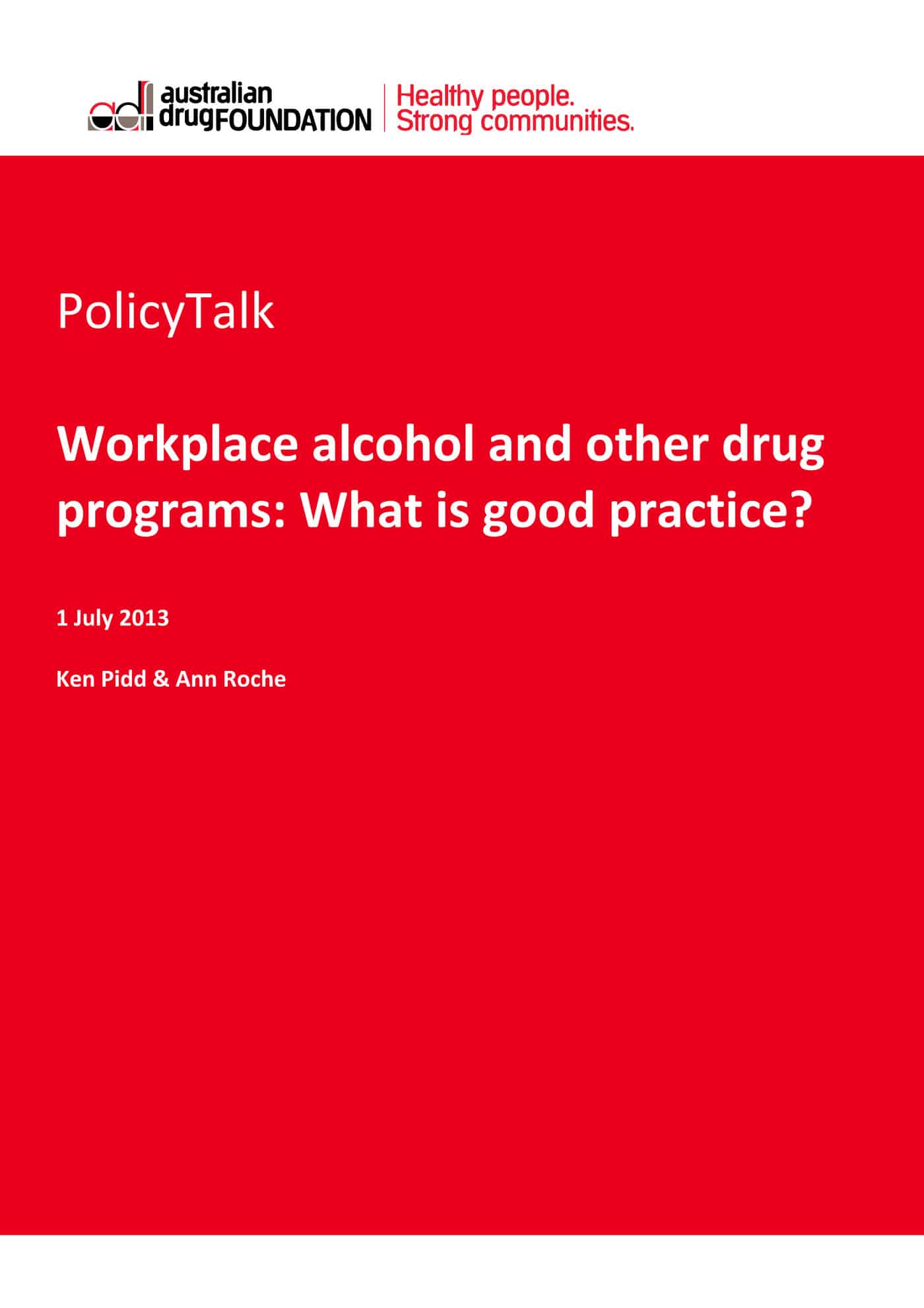This weekend the Australian people voted for the conservative Liberal Party to be the next Federal government. Workplace safety has been largely absent from the pre-election campaign but when it has been mentioned it has almost always been couched in terms of productivity. In the next few years, workplace safety issues must be couched in terms of productivity to have any hope of gaining the ear of the new government and, particularly, the ear of Senator Eric Abetz, the most likely candidate for the ministry of workplace relations.
Workplace Bullying
Recent changes to workplace bullying laws which provide a prominent role of the Fair Work Commission are unlikely to be rolled back but Abetz has promised Continue reading “New political challenges for OHS in Australia”

